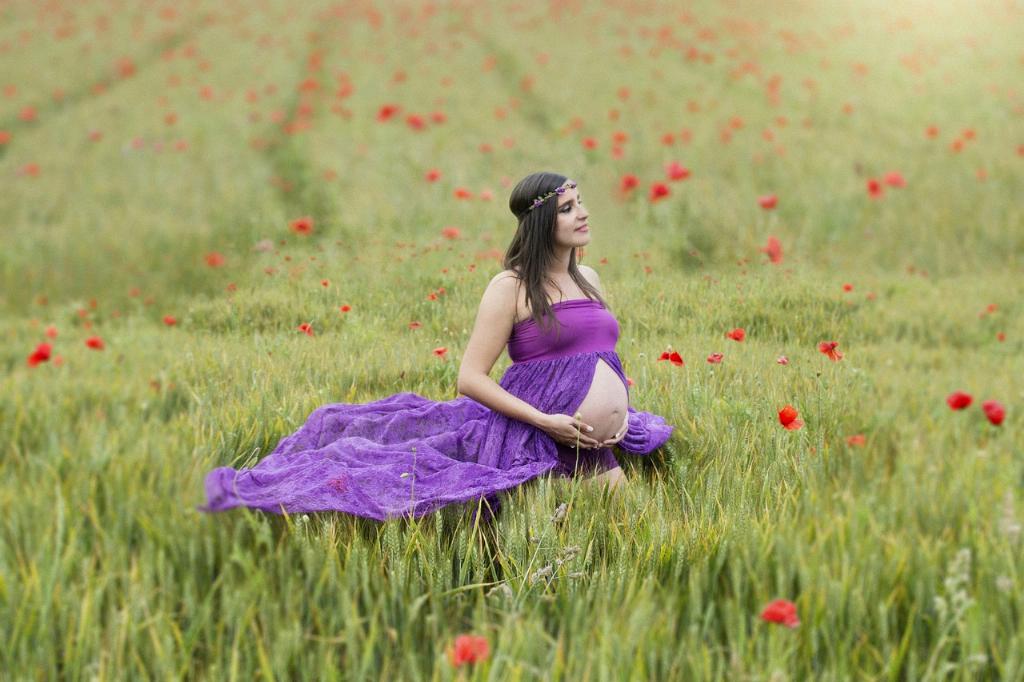As the journey of pregnancy progresses, the body undergoes numerous changes to prepare for the arrival of the little one. One common occurrence that may raise concerns for some expectant mothers is experiencing contractions at 29 weeks pregnant.
What Are Braxton Hicks Contractions?
At around 20 weeks of pregnancy, some women may start to feel tightening in their abdomen. These are known as Braxton Hicks contractions, often referred to as false contractions. Unlike true labor contractions, Braxton Hicks contractions are considered practice contractions, helping to tone the uterine muscles in preparation for childbirth.
Concerns About Contractions at 29 Weeks
Experiencing contractions at 29 weeks pregnant can be unsettling for some women, leading to worries about preterm labor. However, it is essential to differentiate between Braxton Hicks contractions and true labor contractions at this stage of pregnancy.
When to Seek Medical Advice
If you are experiencing contractions at 29 weeks pregnant that are increasing in intensity, frequency, and are accompanied by other symptoms such as pelvic pressure, back pain, or spotting, it is crucial to contact your healthcare provider promptly.
Understanding the Difference
True labor contractions typically occur at regular intervals and become more frequent and intense over time. In contrast, Braxton Hicks contractions are irregular and usually subside with rest, hydration, or a change in position.
Managing Contractions
For women experiencing discomfort from Braxton Hicks contractions at 29 weeks pregnant, there are several strategies that may help alleviate the symptoms. Staying hydrated, practicing relaxation techniques, such as deep breathing or taking a warm bath, and changing positions can often provide relief.
Rest and Relaxation
Rest is essential during pregnancy, especially when experiencing contractions. Taking breaks throughout the day, engaging in gentle exercises like prenatal yoga, and ensuring adequate sleep can contribute to overall well-being and help manage discomfort.
Consulting Your Healthcare Provider
Open communication with your healthcare provider is key during pregnancy, particularly when questions or concerns arise. If you are unsure about the nature of the contractions or their impact on your pregnancy, do not hesitate to reach out to your obstetrician or midwife for guidance.
Monitoring Your Symptoms
Keeping track of the timing, duration, and intensity of contractions can provide valuable information for healthcare providers. Maintaining a log of symptoms and any accompanying signs can aid in determining whether the contractions are Braxton Hicks or potentially indicative of preterm labor.
Support and Awareness
During this period of uncertainty, it is essential to surround yourself with a support system that understands your concerns and can offer reassurance. Whether it be a partner, family member, or friend, having someone to share your thoughts and feelings with can make a significant difference.
Embracing the Journey
Every pregnancy is unique, and the body’s changes during this time can bring about various sensations and experiences. While contractions at 29 weeks pregnant may cause apprehension, approaching this phase with mindfulness, self-care, and informed decision-making can empower you on your maternal journey.
Conclusion
In conclusion, experiencing contractions at 29 weeks pregnant, specifically Braxton Hicks contractions, is a common occurrence as the body prepares for childbirth. By staying informed, seeking medical advice when needed, and practicing self-care, you can navigate this phase with confidence and embrace the transformative process of pregnancy.

